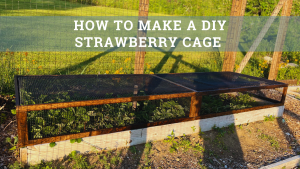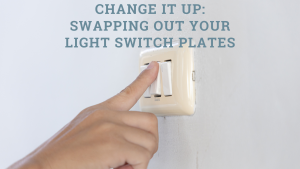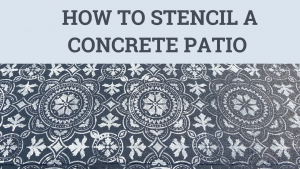How to Remove and Apply Caulks and Sealants Smoothly
The Secret to Getting Smooth Joints on Countertops, Bathtubs and More
Product Information
Currently, BeadTammer, the product shown in the video is unavailable. This is a replacement product ~ Ron CAULK-EZ EZ-4 Caulk Spray Can with Nozzle, Transparent, 2.5 oz
Removing Old Caulk
For my money, the best way to remove old caulk is by cutting it away with a sharp utility knife. You'll want to make two cuts — one, horizontal and one, vertical. This way you can simply lift out much of the old material in a single piece.Next, use a razor blade-style scraper to remove any portion of the old bead still clinging to the surface. This foam sealant remover does a great job of loosening anything that's still left. Just brush it on and wait a few minutes. It works by actually breaking down the bond between the caulk and the surface below. For a final cleaning, a non-metallic abrasive pad like this, does a good job — followed by a wipe with a clean cloth or a paper towel.
Preparing the Surface
Pour some household bleach into a plastic or glass container and brush it into the joint to kill any lingering mildew or mold spores. Let the surface dry thoroughly. Well, we've done a good job of getting the old caulk out and cleaning and preparing the surface.
Applying the New Sealant
Now it's time to put the new caulk in. There are four important steps to getting a professional job. Step one, use the right material.Silicone is my choice for most kitchen and bathroom jobs. This one contains a mold and mildew inhibitor. Cut the tape or tip of the cartridge, just large enough to fill the joint. Using a sharp utility knife, slice on an angle along one of the premarked lines. Many caulking guns have a built-in piercing tool for puncturing the seal at the base of the nozzle. Or you might just try this nifty tip cutter. It adjusts to three different bead sizes. Just slip it over the end of the nozzle and press. The piercing tool folds out from the side of the case. Place the tip of the nozzle into the corner and squeeze the trigger slowly and evenly. Pull the caulking gun toward you and lay down a uniform bead, just large enough to fill the joint.
Smoothing the Joint
Now the fourth and final step to getting a really professional caulking joint is a process called tooling. What you do is take your finger or a tool like this and draw it along the caulking bead. Now, you can see I was really careful putting this in, but there are some spots here where it kind of got caught up on the tile joint, little bumps. The idea here is to smooth that all out. But before you start either with your finger or the tool, spray on some of this. This one-of-a-kind product is called GE Caulk Smoother. It's sprayed on the joint before tooling and lubricates the surface of the silicone, allowing your finger to glide along evenly, leaving behind a perfectly smooth joint. The solution also keeps excess caulk from sticking to surrounding surfaces as well as your skin. This smoothing tool, used in combination with Caulk Smoother also works well and produces a slightly narrower bead than your finger.
Blog Articles
Maximize Your Yield with DIY Netting for Strawberry Beds
Keep your strawberries safe from pests with our DIY strawberry cage netting solution. Learn how to create sturdy frames and find the best netting for your strawberry plants.
Change It Up: Swapping Out Your Light Switch Plates
Tired of boring light switch covers? Upgrade your home decor with this simple guide on replacing light switch plates and make a statement in every room.
Revamp Your Outdoor Space: How To Stencil A Concrete Patio
Learn how to create a stunning patterned concrete patio with our easy-to-follow instructions for stenciling. Upgrade your outdoor space in no time.





